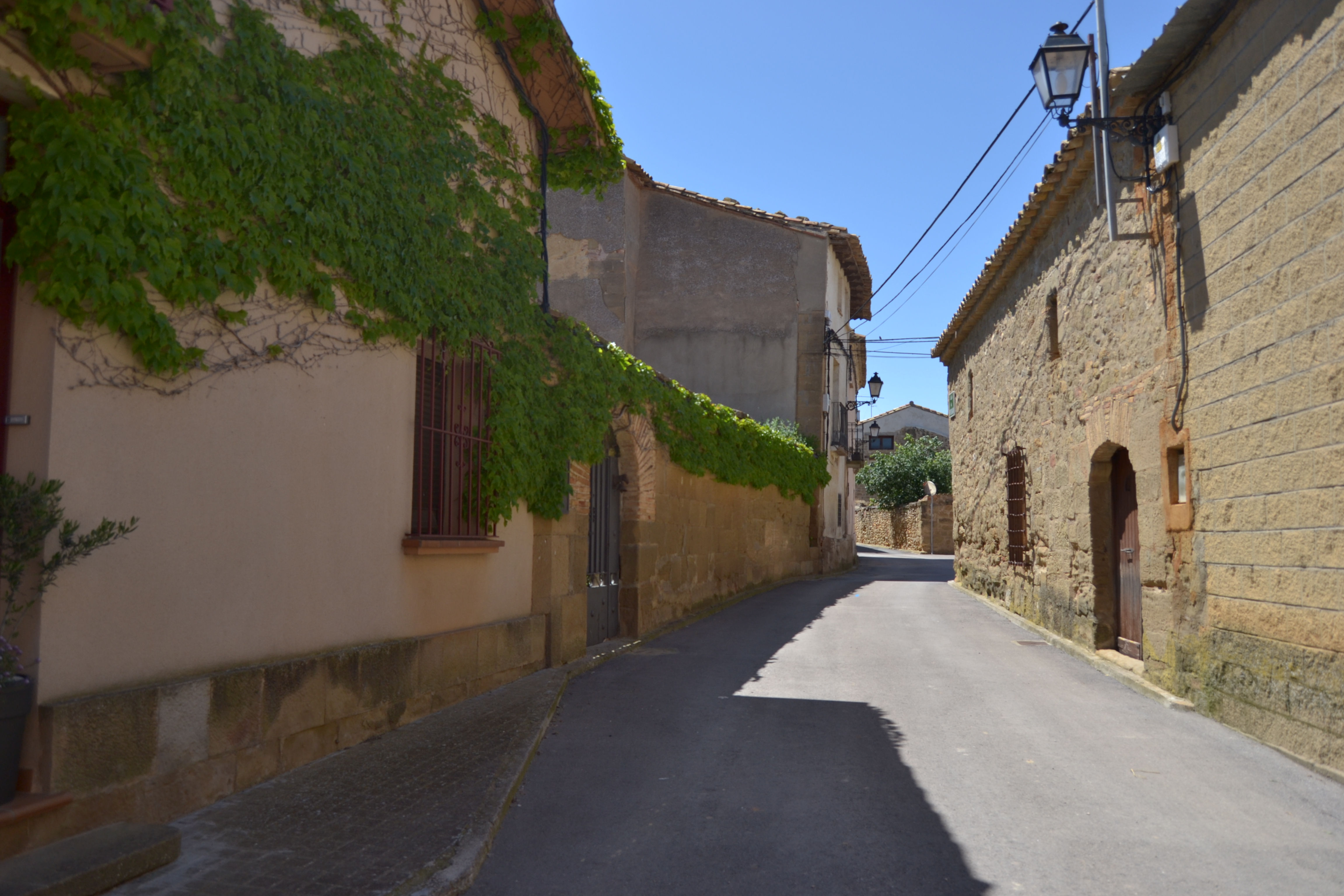
Fornillos is located eight kilometers from the capital of Huesca at an elevation close to 650 meters above sea level.
This quaint hamlet is centered around the 18th-century Baroque-style Parish Church of Santa Águeda.
Fornillos celebrates its annual festivals on February 5th and August 15th, in honor of the Assumption of the Virgin.
As points of interest, an ancient Roman settlement was discovered nearby, as well as several former quarries that were operational during the Middle Ages.
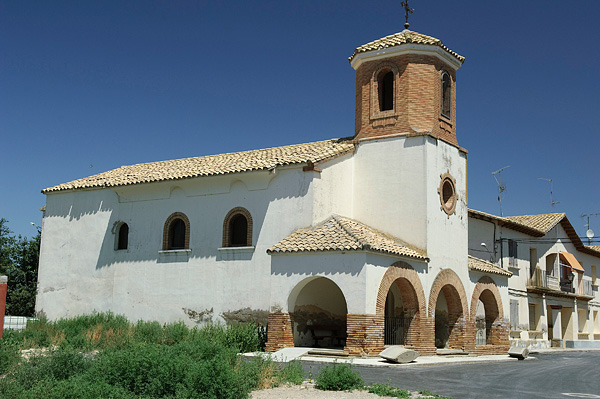
Its layout is typical of those villages that were damaged in the Spanish Civil War and later rebuilt by the Spanish National Service for Devastated Regions, which is why the village has newer homes with reused voussoirs to configure doors and façades.
The Parish Church of church of San Juan Bautista, built in 1940, sits in the main square; the church is dedicated to the village’s patron saint St. John the Baptist, who is honored at the major annual festival on June 24th.
Located south of the old Huesca-Canfranc road, and surrounded by fields of grain and almond trees, Herrios is an especially attractive spot to visit in early spring.
Its proximity to the chapel and wetland in Loreto makes the village an even more interesting and scenic place to visit.
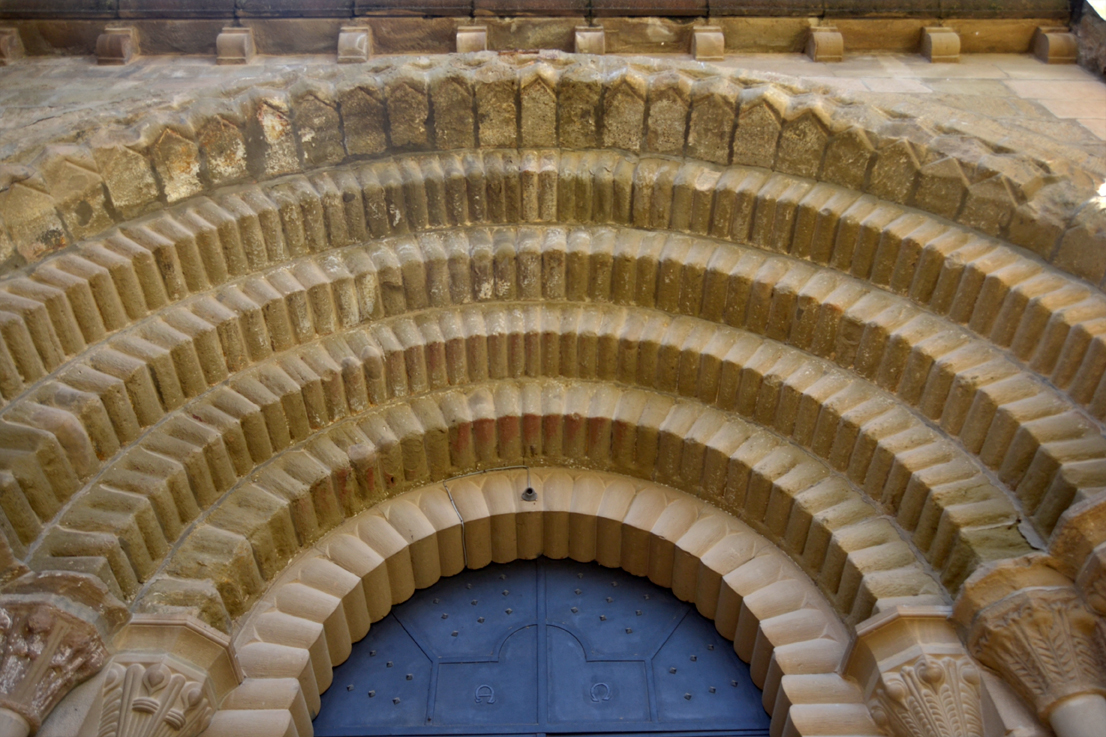
Apiés is located near one of the entrances to the Sierra y Cañones de Guara Natural Park.
This small village is big on charm, from its lovely streets to a number of interesting attractions, like its late 12th-century or early 13th-century Parish Church of San Félix. The church is noted for its singular façade: six archivolts, the outermost with a zigzag design, are supported by individual capitals carved with geometric designs.
A boundary cross at the village entrance dates to the 18th century.
Another point of interest, the main square, was restored after the Spanish Civil War like those in other villages in the region; however, Apiés is still home to outstanding examples of 17th- and 18th-century Aragón.
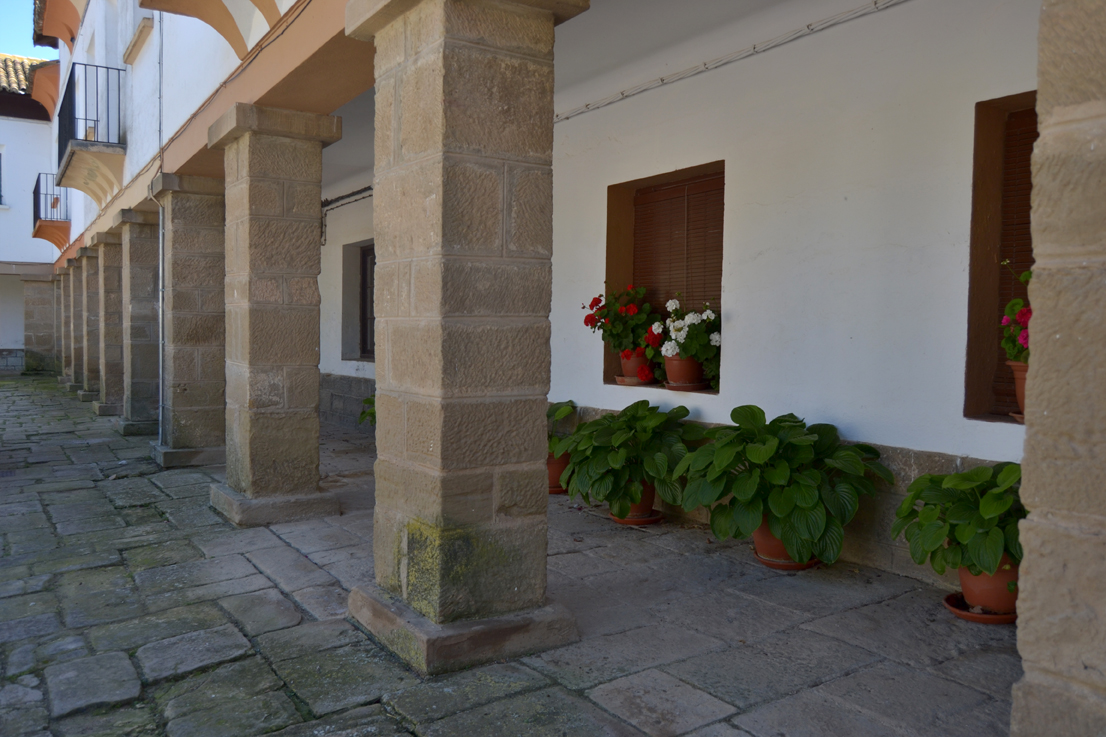
The village celebrates its annual festival in honor of the Immaculate Conception on December 8th, complete with a performance by the village dancers.
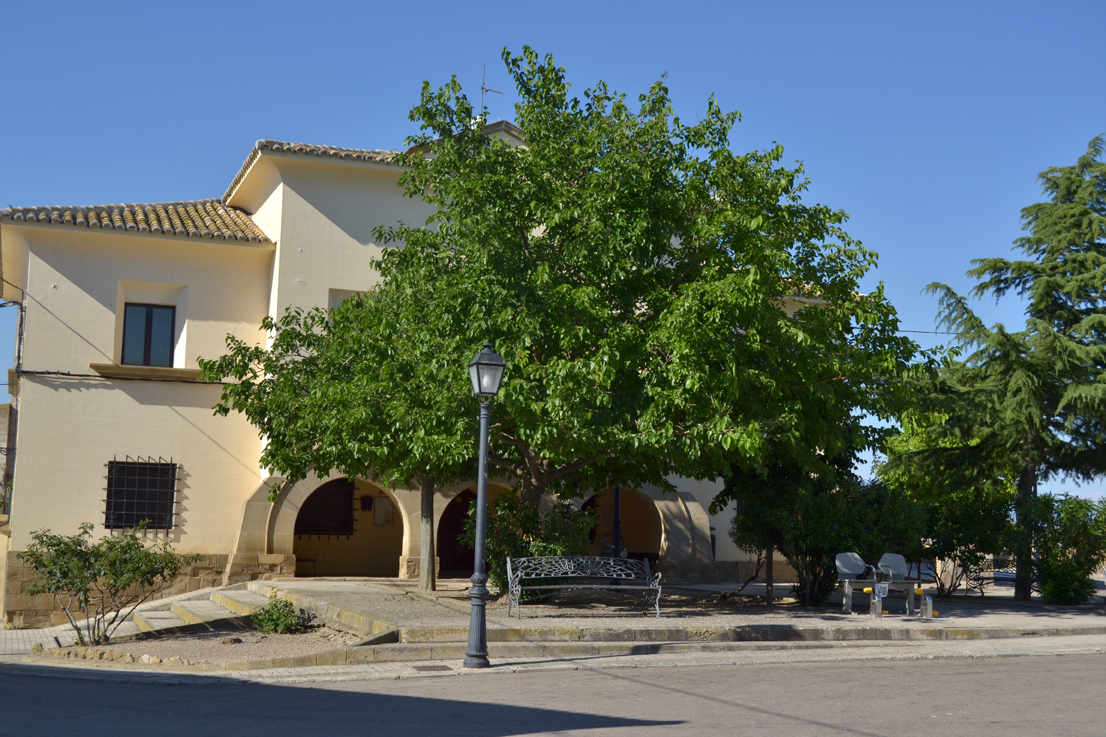
Banariés is located four kilometers west of Huesca.
An irregular street layout leads little by little to the village’s picturesque Parish Church of San Esteban, which was rebuilt after the Spanish Civil War.
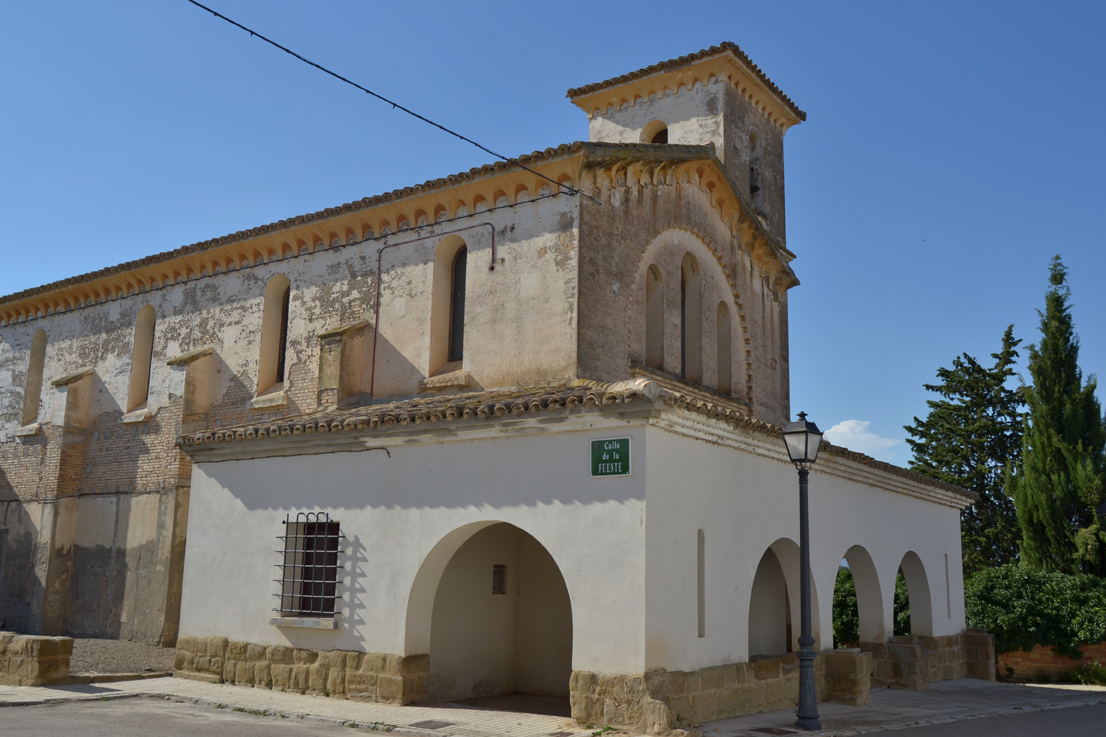
Nearby, the cultural and natural site formed by the Chapel of Loreto and the Loreto pool has given the village an important natural and scenic role to play in the region.